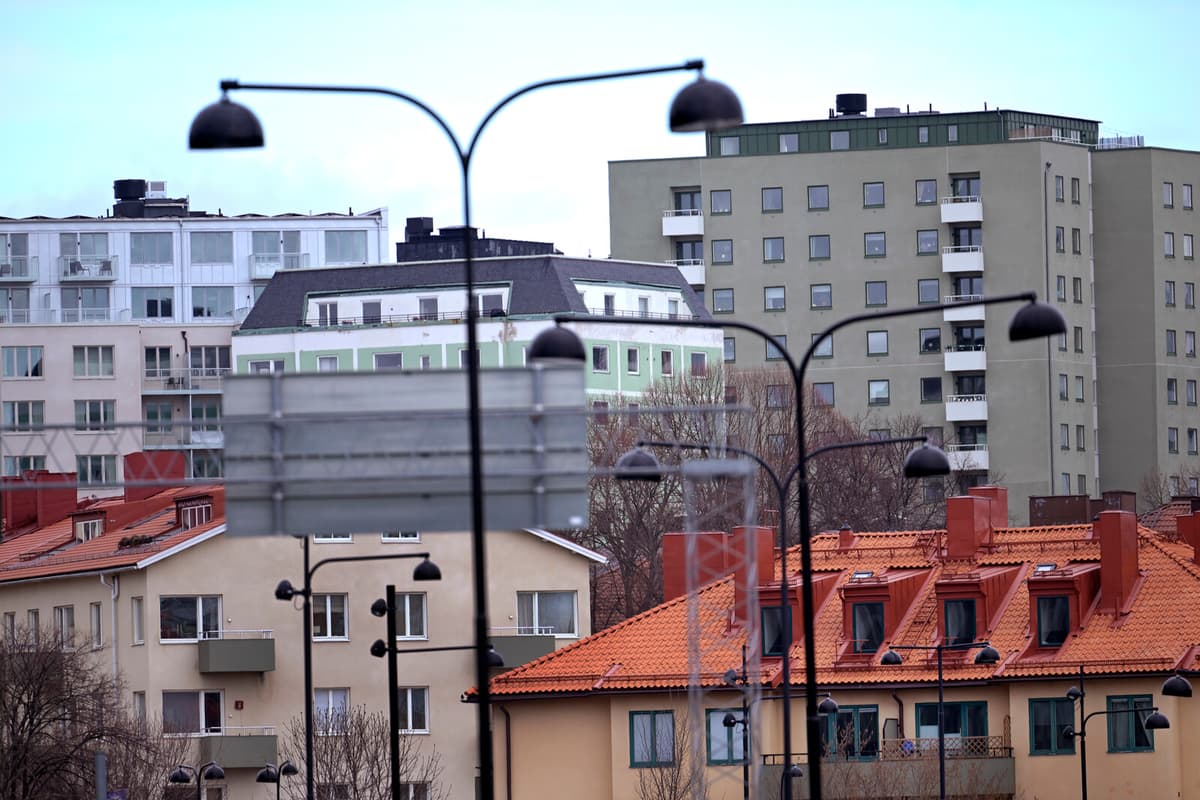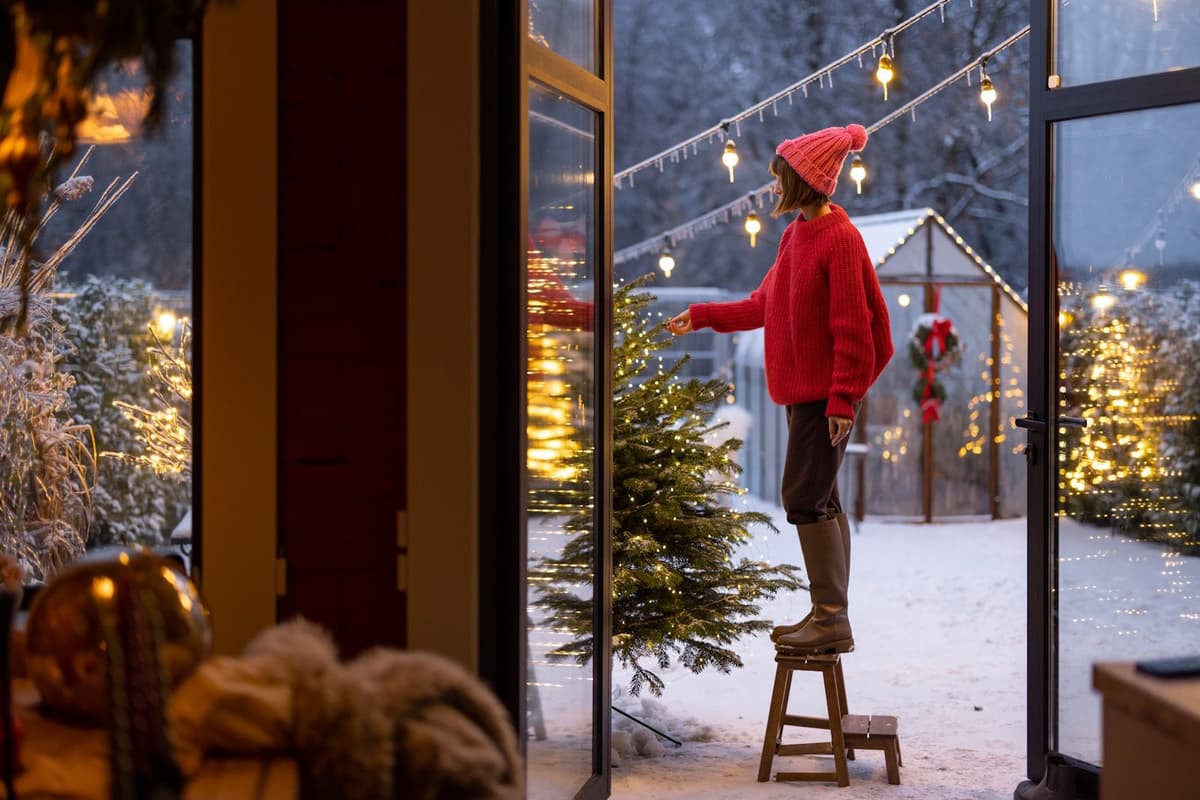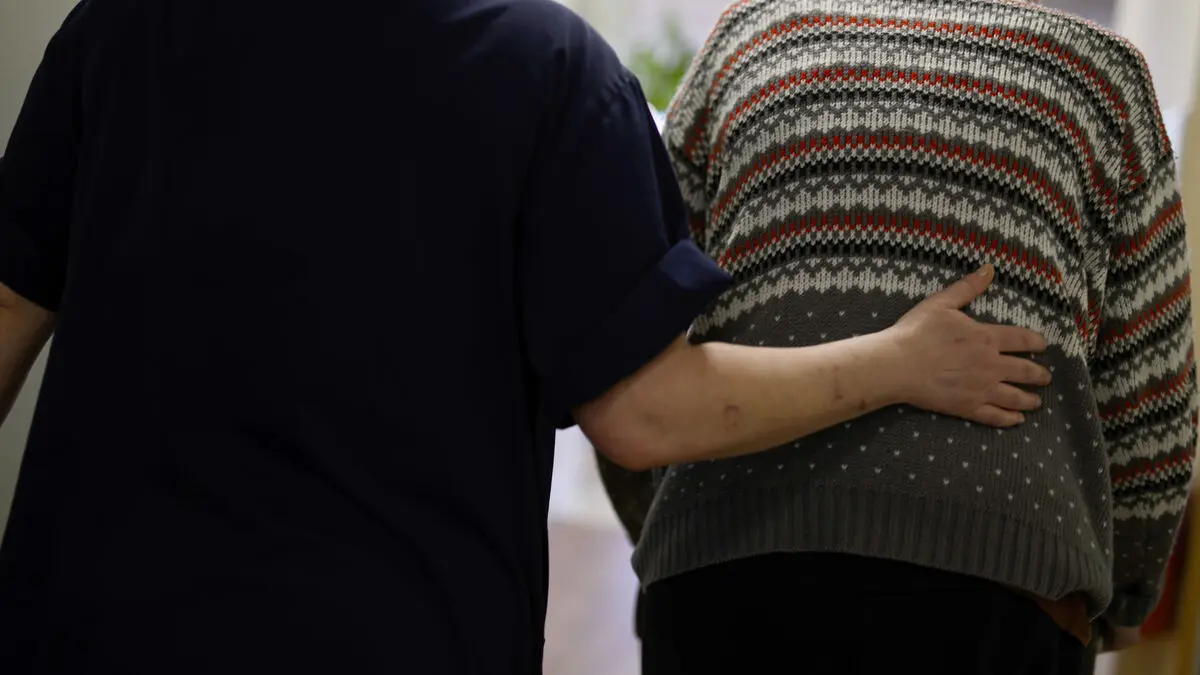Housing prices usually fall in June and July, and so also this year. But apartment prices are falling "quite a bit more than what is normal", says Robert Boije, chief economist at SBAB.
The trend indicates that, even if you think away these seasonal effects, we have falling apartment prices. On the other hand, not on the single-family home side, where prices are standing more or less still.
Apartment prices as a whole fell by 2.6 percent in Sweden compared to the previous month. They fell the most in Greater Gothenburg and Greater Stockholm with 4 and 3.4 percent, respectively. It was only in northern Sweden that apartment prices rose, by 2.3 percent.
Up for villas
However, villa prices moved upwards, with 0.2 percent in Sweden as a whole. Northern Sweden had the largest increase, while Greater Stockholm had the largest fall.
An explanation for the price development on the apartment side may be that many housing associations have been late in raising fees in relation to interest rate increases. Housing associations may, despite falling interest rates, need to continue to raise fees in the future.
The turnover of apartments has fallen quite a bit since the end of last year, which it has not done on the villa side. There are two things that we think may be behind it, says Boije.
Notable
In normal cases, housing prices usually rise in August, and then fall back during September to December. Based on this year's price development and average seasonal effects, apartment prices seen over the full year 2025 would fall by around 3 percent, and villa prices would essentially stand still. If it becomes so, it is a notable development considering that housing interest rates have fallen sharply and households' real incomes and purchasing power are rising, according to Boije.
At the same time, there may be a pent-up need to change housing. There is an uncertain development in the outside world, and if the uncertainty decreases, the negative seasonal effect could be countered by the pent-up need, says Boije.





